Use ELIMINATION to solve each system of equations.
-3x + 2y = 23
-5x - 2y = 17
(-5, 4)
Add the Polynomials
(4x + 9) +(x - 4)
5x + 5
Subtract the polynomials:
(g - 4) - (3g - 6)
-2g + 2
Multiply the Polynomials:
3x2 (2x4)
6x6
Use synthetic division to find the result when 3x3+13x2+19x+9 is divided by x+1.
3x2+10x+9
What is the degree and leading coefficient?
f(x)=-5x^5+3x^3-3x+1
D:5
LC:-5
h(x) = 5x
g(x) = 2x + 6
Evaluate g(h(x)).
10x+6
What are the solutions to this quadratic graph? 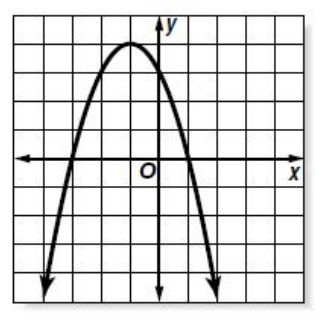
x= -3 and 1
Simplify √45
3sqrt5
Solve the following quadratic equation by using the quadratic formula: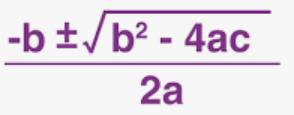
x2 + 6x + 5 = 0
x = -1, x = -5
Solve the systems of equations using Elimination:
14x + 2y = 26
-14x - 6y = -50
(1,6)
Add the polynomials:
(-3a - 2) + (7a + 5)
4a + 3
Subtract the polynomials:
(-5h - 2) - (7h +6)
-12h - 8
Multiply the Polynomials:
(x - 3)(x + 2)
x2 - x - 6
Use synthetic division to find the result when 3x3+4x2-5x-2 is divided by x+2.
3x2 - 2x -1
Even or odd?
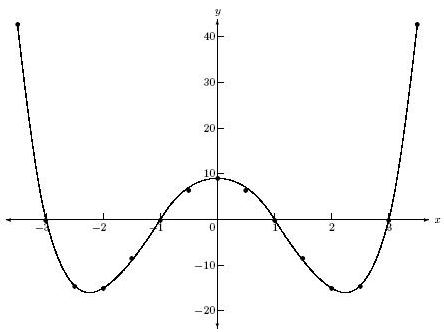
Even
h(x) = 3x
f(x) = x + 5
Evaluate h(f(x))
3x+15
What are the solutions to this quadratic graph?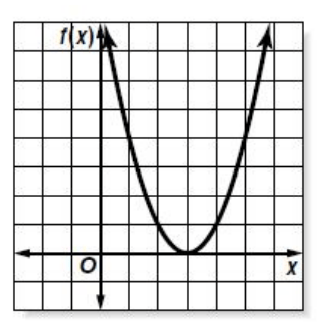
x= 3
Simplify √75
5sqrt3
Solve the following quadratic equation by using the quadratic formula:
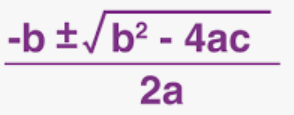
2x2 + 9x + 4 = 0
x= -4 and - 1/2
Use ELIMINATION to solve each system of equations.
-4x + 7y =-13
4x - 7y =3
no solution
Add the polynomials:
(x2 +3x + 5) + ( -x2 +6x)
9x + 5
Subtract the polynomials:
(-x2 - 5) - (-3x2 -x -8)
2x2 + x +3
Multiply the Polynomials:
(2m - 1)(m + 2)
2m2 + 3m - 2
Use synthetic division to find the result when n3-5n2-8n-42 is divided by n-7
n2+2n+6
Positive or Negative?
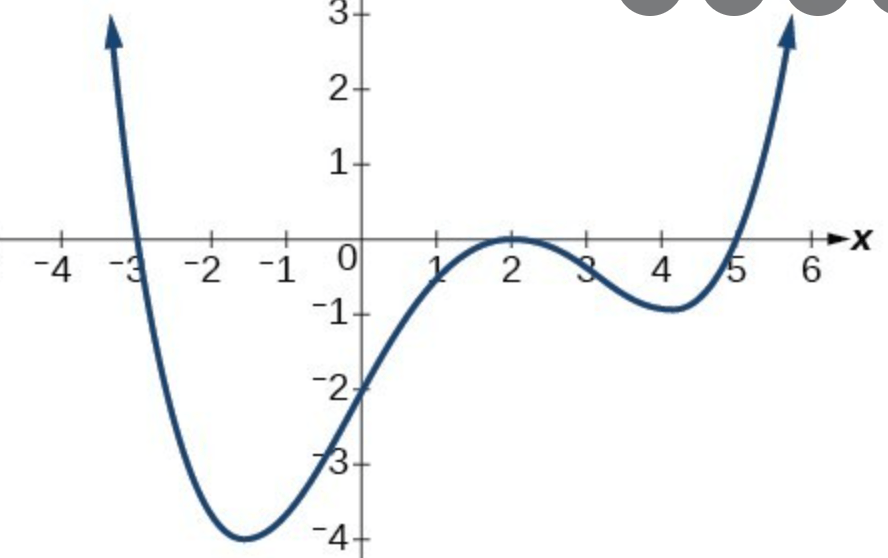
Positive
g(x) = 7x
f(x) = 3x + 3
Evaluate f(g(2))
45
What are the solutions to this quadratic graph?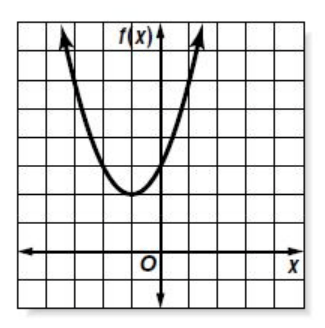
no solution
Simplify √384
8sqrt6
If the solution to the quadratic equation using the quadratic formula gives us an answer of x= 2 and x= -3, what does this mean on a graph?
This means our parabola crosses the x-axis at 2 and -3
Use ELIMINATION to solve each system of equations.
8x+ 12y = 20
-8x - 12y = -20
all solutions
Add the polynomials:
(t2 + 3t3 -3) + (2t2 +7t -2t3)
t3 +3t2 +7t -3
Subtract the Polynomials:
(k2 + 6k3 -4) - (5k3 + 7k -3k2)
k3 + 4k2 -7k -4
Multiply the Polynomials:
(4n - 1)(3n + 4)
12n2 + 13n - 4
Use synthetic division to find the result when x3-4x2+3 is divided by x-1
x2-3x-3
Describe End Behavior
As x -∞, f(x)
?
As x ∞, f(x)
?
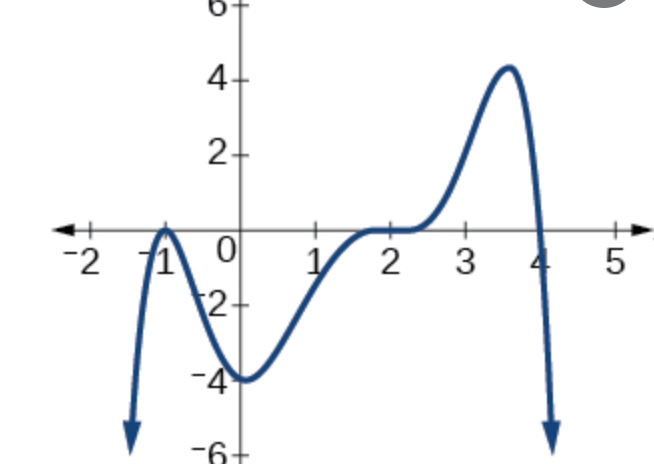
As x -∞, f(x)
-∞
As x ∞, f(x)
-∞
d(x) = 4x+2
h(x) = x2 + 13
Evaluate (h ○ d)(2)
113
Find the solutions to the following quadratic equation by graphing. Must show graph and solutions for points.
x2+6x+9=0
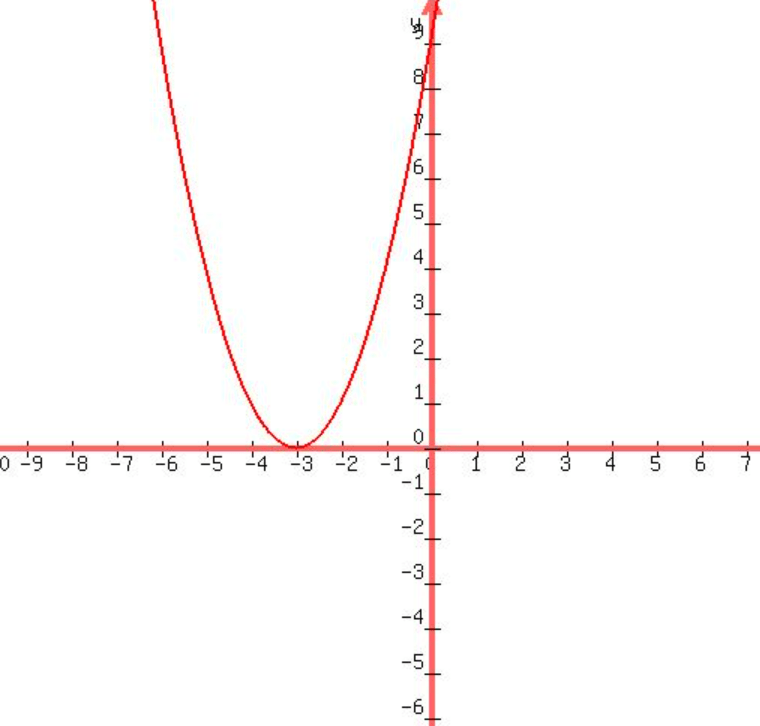
x= -3
Simplify
sqrt(-243)
9isqrt3
Solve using the quadratic formula
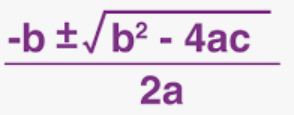
2x2 + 3x - 1 = 0
(-3+-sqrt17)/4
Use ELIMINATION to solve each system of equations.
x + y = 4
2x - 5y = 15
(5,-1)
Add the polynomials:
(-1 + x2 + 2x) + (1 -2x + 2x2)
3x2
Subtract the Polynomials:
(2x - 3x) - (x2 -2x + 4)
-x2 + x - 4
Multiply the Polynomials:
(d + 3)(d2 - 4d + 1)
d3 - d2 -11d + 3
Use synthetic division to find the result when 8p3+2p2-10 is divided by p-1
8p2+10p+10
How many total zeros, total real zeros, and complex zeros are there?
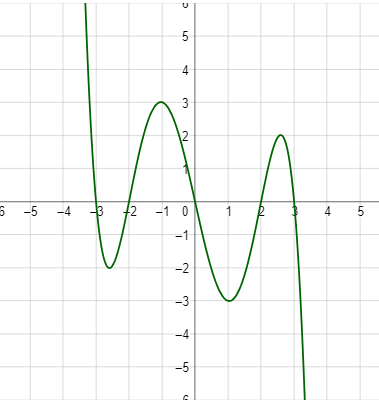
5 total
5 real
0 complex
g(x) = x+2
f(x) = x2 + 2
Evaluate (f ○ g)(x)
x2+4x+6
Solve the following quadratic equation by graphing. Must show the graph and the solutions for points.
x2-8x=-12
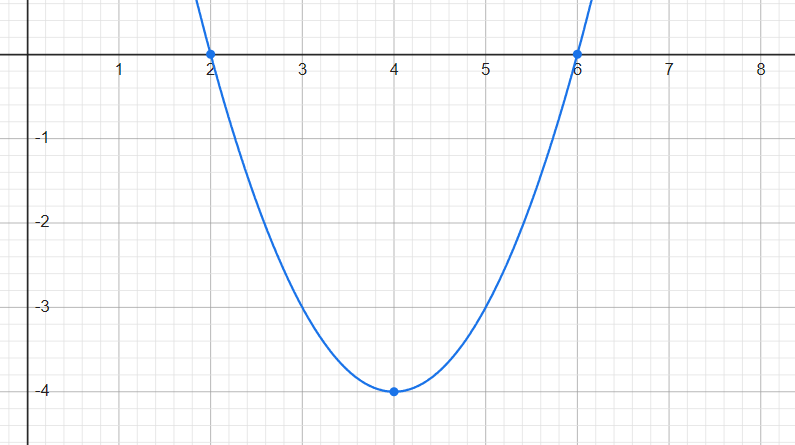
x=2 and 6
Simplify
sqrt(-242)
11isqrt2
Solve using the quadratic formula:
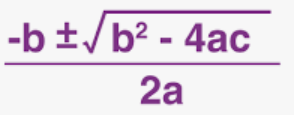
5x2 – 4x + 6 = 10
(2+-2sqrt6)/5